by Pride Transport | Nov 06, 2025
Around the world, semi truck customization isn’t just about appearance. It often reflects the real, day-to-day needs of drivers facing unique challenges on the road. In Brazil, where cargo theft has become a significant concern for both long-haul drivers and fleet operators, truck customization is all about one thing: protection.
This entry in our global truck customization series takes a look at Brazil’s highly functional and often aggressive-looking anti-theft builds.
If you’ve read our earlier features on India and Thailand, you’ve already seen how truck culture varies by country. Brazil brings something different to the table, a rig style driven by defense.
The Reality of Cargo Theft in Brazil
Brazil’s trucking network faces consistent threats from cargo theft, particularly on remote highways and in urban delivery corridors. According to industry reports, Brazil has one of the highest cargo theft rates in the world. South America faced various cargo theft risks in 2024, with Brazil at the center, accounting for 68 % of cargo theft incidents across South America, followed by Argentina (12%), Chile (10%) and Peru (3%). Criminals often target valuable loads such as food, fuel, electronics, and pharmaceuticals.
For drivers, the threat is not just financial. These thefts are often violent, involving hijacking and even roadblock ambushes. The response from many owner-operators and fleets has been to fight back with custom truck builds that add barriers, disguise value, and delay or deter theft attempts.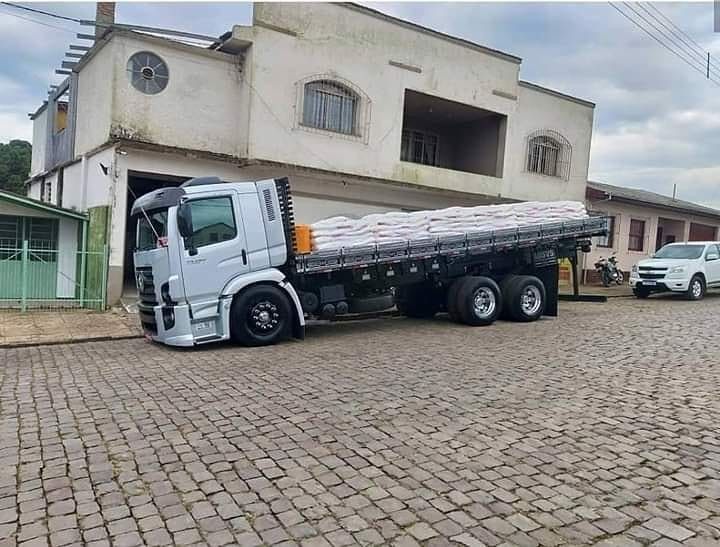
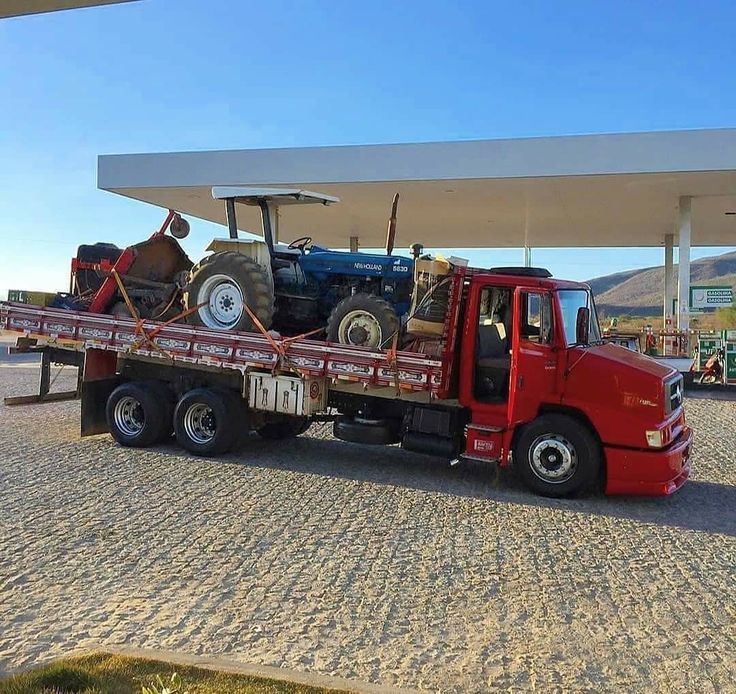
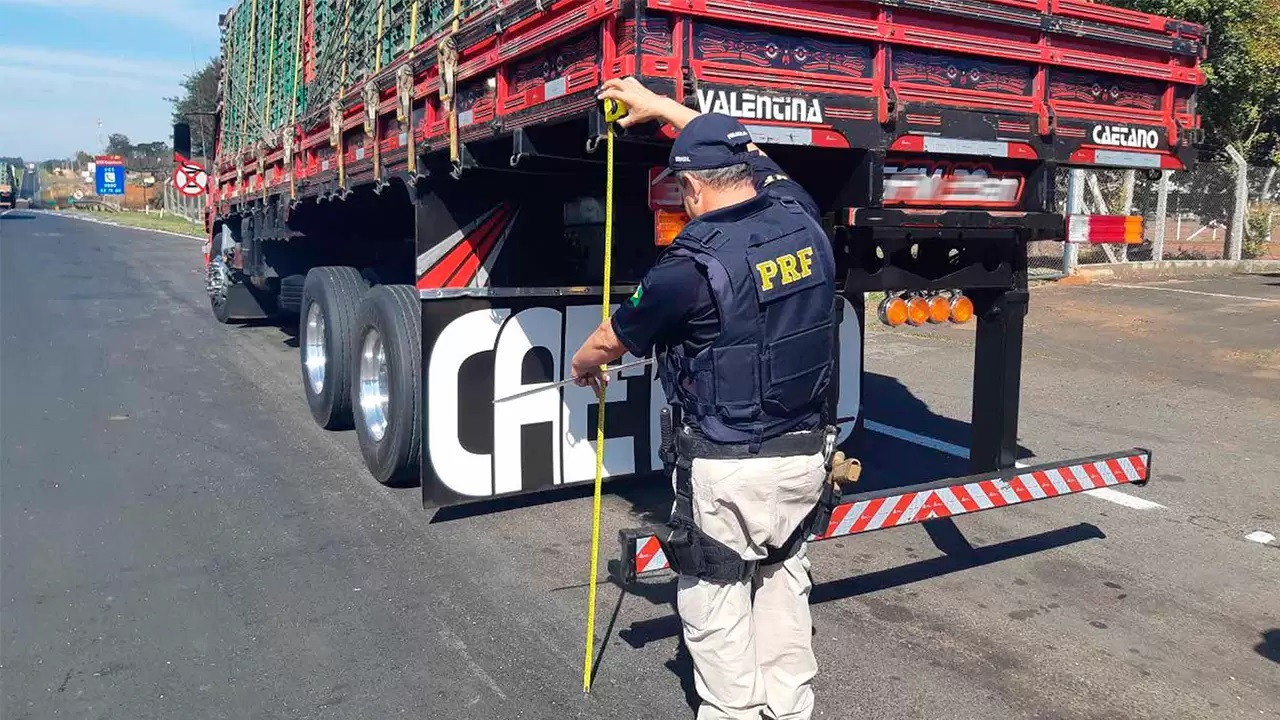

The Raised Rear: More Than a Style Statement
One of the most visible truck customizations in Brazil is the raised rear cargo section. Known locally as a “lifted tail,” these rigs feature a rear end that sits noticeably higher than the front.
While some say it gives trucks a more aggressive, stylish profile, the reasoning goes deeper:
- Anti-theft access control: A higher cargo platform makes it harder for thieves to reach or climb into the trailer quickly.
- Deterrent value: The lifted rear can signal that a truck has been modified with theft prevention in mind, making it a less attractive target.
- Improved maneuvering for certain routes: Some drivers argue that this configuration helps manage uneven road surfaces, common in rural areas.
Still, this design comes with trade-offs. Brazil’s vehicle regulations set specific limits on how high the rear of a trailer can sit in relation to the front. These rules exist to protect smaller vehicles on the road. In the event of a rear-end collision, an overly raised trailer could cause more severe damage or injury. Brazil’s national highway police have issued safety bulletins and fines related to excessive lift configurations, especially for unregistered or non-compliant builds.
The takeaway for drivers? Modifications should always balance function with safety and stay within the bounds of local laws.
Built-In Security: Anti-Theft Truck Features
Beyond the raised rear, Brazilian drivers and truck builders have taken anti-theft design to a new level. Here are a few features commonly found in Brazil’s high-risk trucking zones:
Reinforced Cargo Enclosures
Many trucks add heavy-duty cargo walls, reinforced doors, and lockable barriers. These features slow down attempts at forced entry and make quick snatch-and-run thefts nearly impossible.
Hidden Access Points
Some trucks are built with concealed locks, internal latch releases, or hydraulic lift gates that don’t have visible handles or hinges. This makes it harder for thieves to identify weak points in the trailer or bodywork.
Elevated Chassis Clearance
In some custom builds, chassis clearance is increased not only for terrain but to make undercarriage tampering more difficult. Thieves looking to plant tracking blockers or tamper with fuel lines may have a harder time reaching key systems.
Pairing Custom Builds with Tech
While physical design changes are important, they’re usually paired with technology: GPS tracking, immobilizers, smart alarms, and emergency response buttons. These tools help support the physical barriers by giving fleet managers and drivers real-time oversight and alerts.
Many of these features are detailed in reports on anti-theft trends in the commercial transport sector, such as this guide to common security upgrades.
What U.S. Drivers Can Learn from Brazil
You might not face the same risks on American roads, but Brazil’s anti-theft truck culture still offers valuable lessons:
- Form follows function: Customization isn’t always about style. The most practical upgrades are often invisible from the outside, but they protect your cargo, your time, and your safety.
- Every route has its risks: Whether you're hauling through city streets or across open stretches, the conditions you drive in should influence the kind of rig you run.
- Local compliance matters: In Brazil, modifications that don't comply with safety regulations can result in heavy fines or vehicle impoundments. It's a reminder that all customizations should stay within legal boundaries, no matter where you drive.
- Driver-first design: These rigs are not built just for appearance. They're made to reduce the personal risk for drivers. That's a philosophy we respect.

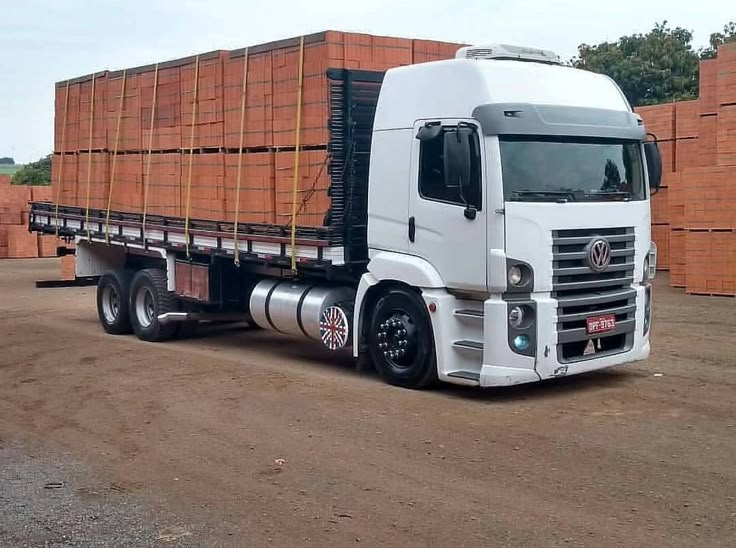
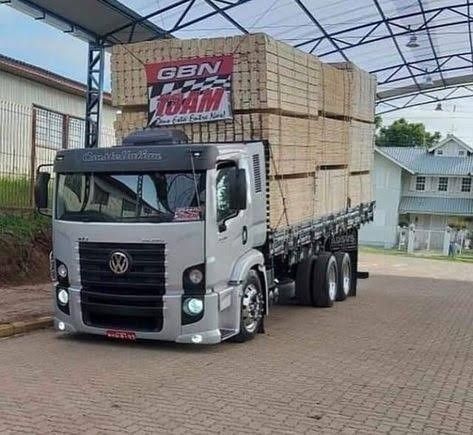
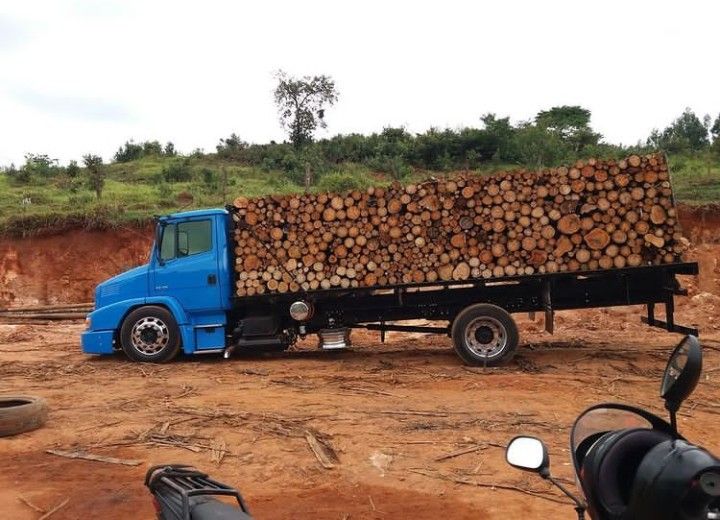
Pride in the Ride: Driver Takeaway
Brazilian drivers have turned necessity into innovation, building trucks that are as tough as the roads they travel. Their custom rigs prove that the right design can make a difference — not just in how a truck looks, but in how it protects the driver, the load, and the journey.
At Pride Transport, we know that every detail in a truck matters. From safety features to smart design, a well-built rig helps drivers feel confident behind the wheel. That’s why we stay committed to maintaining reliable, high-performing equipment and supporting the people who keep freight moving across America.
If you’re looking for a company that takes pride in its trucks and respect for its drivers even further, you’re in the right place. Drive for Pride.